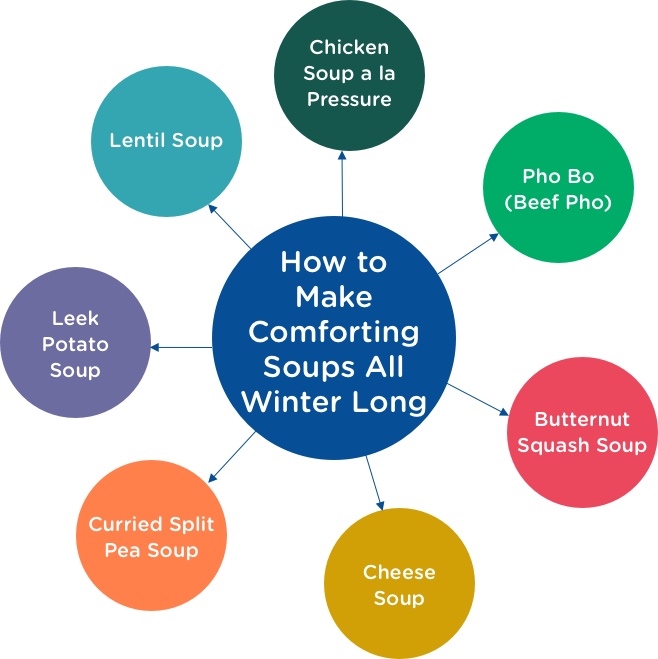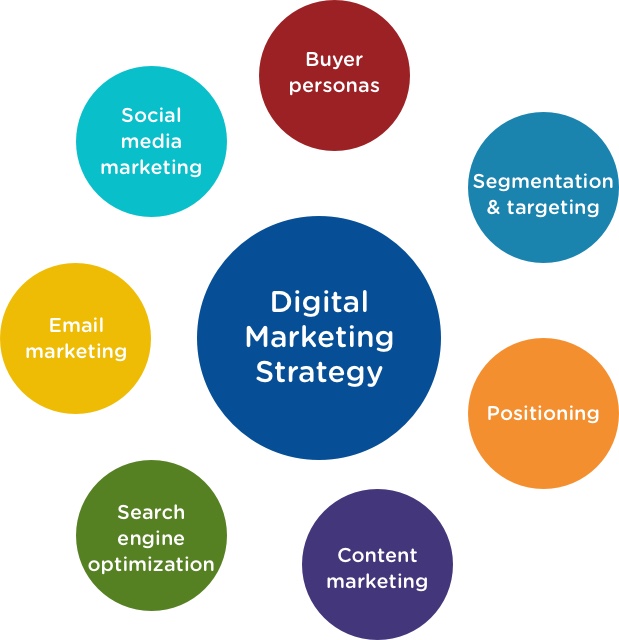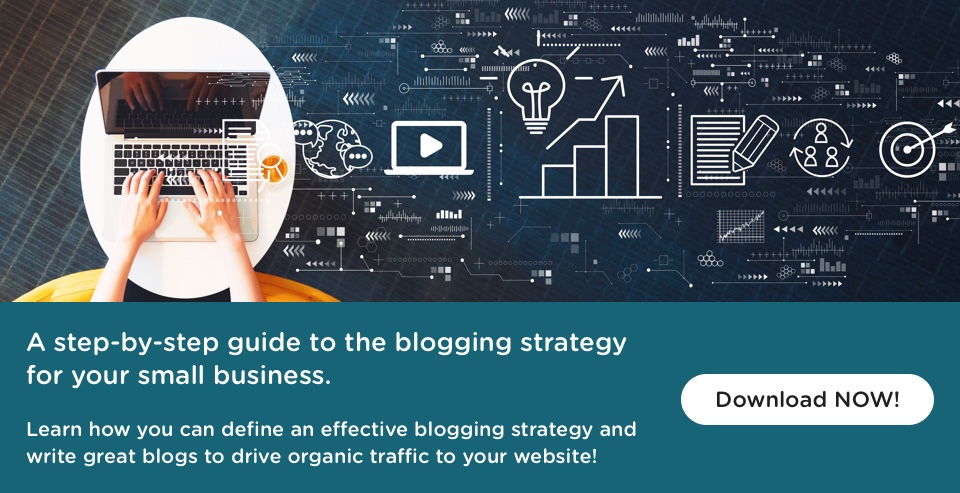How to develop a Blogging Strategy for your website?
Gone are the days when you could just whip up a few dozens of articles, publish them on the website and get traction on the website. Even a well written, SEO friendly and information rich blog may fall behind on the search engine due to the change in the Google algorithm.
Search engines such as Google are not just looking at the keywords in your content. In fact, you might even get penalized by the search engines for stuffing the keywords. The ultimate goal for you is to solve a problem and provide concrete value to your customer or readers via your blogs.
Hence, instead of just focusing on the keywords, you need to identify what topics you want to own or be known for. When a consumer searches for these topics, and you have high quality content on these topics, you start building “authority” around these topics.
So, as a first step, find a handful of topics that really matter to your small business and your customers. Each topic could have several sub-topics. Together, the topic page/blog and sub-topic blogs will help you create a topic cluster that gives you the breadth and depth of the content to build authority around the topic.
Here is the strategy for creating a topic cluster:
- For each of your topic of interest, create a pillar page blog.
- For each of your sub-topic, create a more in-depth sub-topic level blog.
- Link the pillar page blog and sub-topic blogs to each other.
All of these would help you create a topic cluster to give the breadth and depth of content around that topic.



